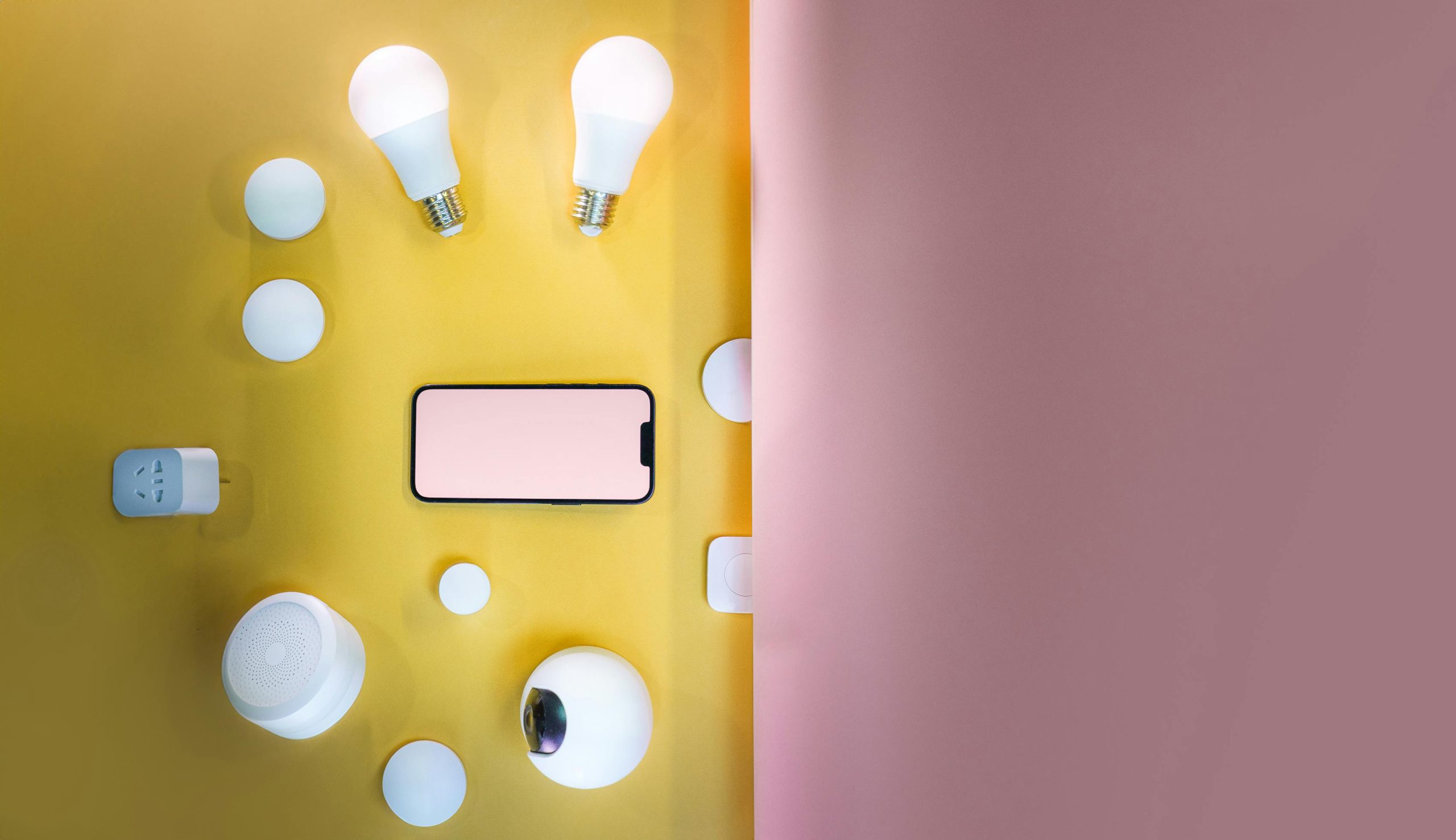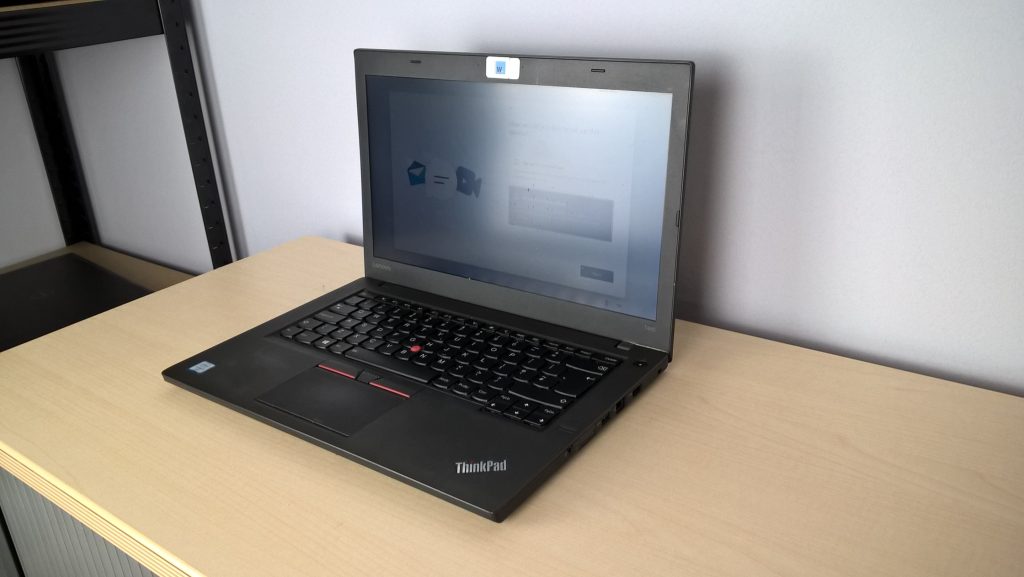Troubleshooting Monitor Issues: The Unexpected Case of the Power Button Light
If you’ve recently upgraded your computer setup with a new monitor and face an unusual issue with the power button light staying illuminated, you’re not alone. Many users experience similar quirks when adding a second display, particularly when it comes to the motherboard lights.
What’s Happening?
Upon connecting a new monitor, you might notice that the power button light remains on, regardless of whether the monitor is plugged in or unplugged. This can be puzzling, especially since your previous setup did not exhibit this behavior. After switching out one of your monitors, this anomaly seems to have appeared, and it persists across different ports and monitor configurations.
A Closer Look at BIOS Settings
You might remember turning off specific motherboard lights in your BIOS settings, which likely contributed to this situation. It’s important to recognize that these lights can behave differently based on the hardware configuration and how the monitors are recognized by the system.
Even though your adjustments in the BIOS initially addressed the light issues, it’s not uncommon for a new monitor to introduce unforeseen changes in power management settings.
Suggested Steps Forward
To resolve this, consider the following troubleshooting steps:
-
Check Connections: Ensure all cables are securely connected to both the monitors and the computer. Sometimes, loose connections can lead to inconsistent behavior.
-
BIOS Revisit: Double-check the BIOS settings once more. Look for any options related to power management and display settings that might affect how your system responds with multiple displays.
-
Driver Updates: Regularly updating your graphics drivers can help alleviate compatibility issues. Visit the manufacturer’s website to download the latest drivers for your graphics card.
-
Monitor Compatibility: If the new monitor is particularly different in terms of technology (such as switching from a standard LCD to an OLED), it could interact differently with your system. Researching compatibility can provide further insights.
-
Testing Individual Monitors: Disconnect your new monitor and return to your prior setup. If the issue persists even with just the original monitor, it may suggest a deeper issue within the system.
Conclusion
While encountering unexpected behaviors with your new monitor can be frustrating, a systematic approach can help you identify the root cause. By reevaluating your configurations and settings, you’ll likely find a suitable resolution that restores your system to optimal functioning. Remember, technology is an ever-evolving landscape, and even minor changes can sometimes lead to unforeseen challenges. Happy troubleshooting!
Share this content:




Additional Tips for Troubleshooting Power Button Light Issues
Understanding the interaction between hardware components and system settings can be complex, but systematic troubleshooting often reveals the root cause. Keep track of changes you make during the process to identify what adjustments have the most positive effect.